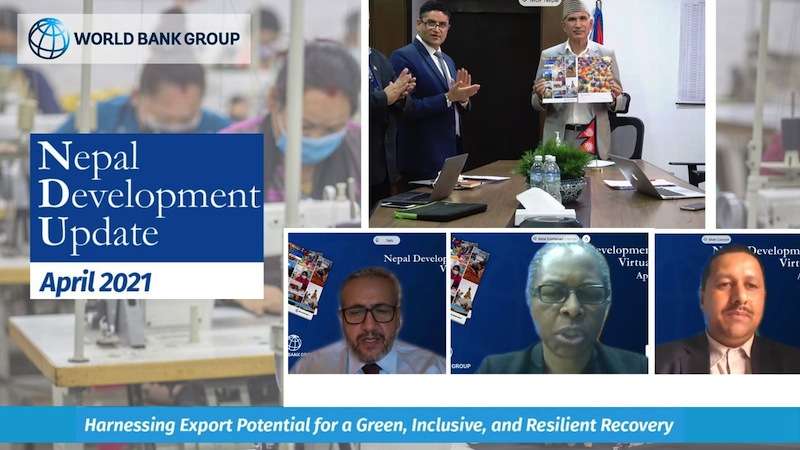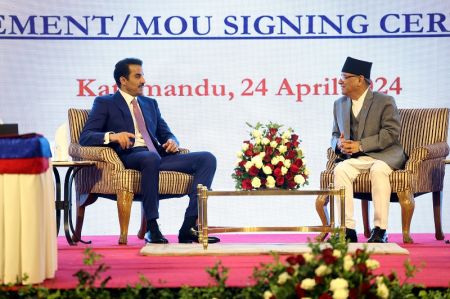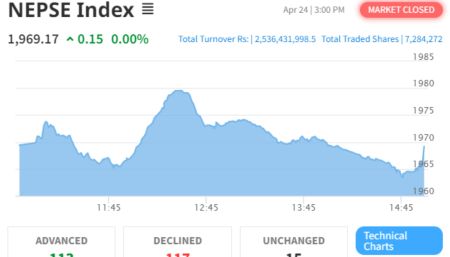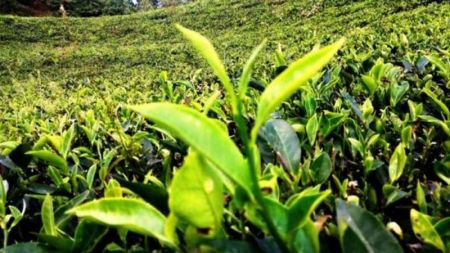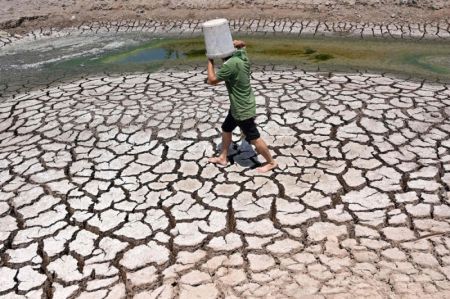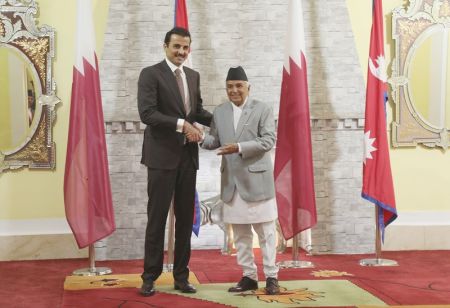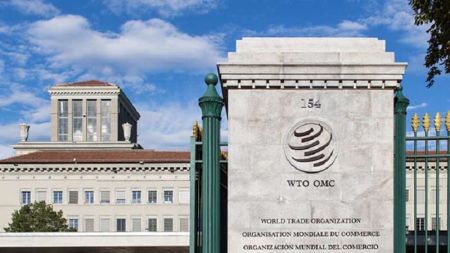April 13: After contracting for the first time in 40 years in FY2020, Nepal’s economy is projected to grow by 2.7 percent in FY2021, driven primarily by services as social distancing measures continue to be relaxed and vaccines rolled out for priority populations.
According to the World Bank, agriculture is also expected to perform well, on the back of recent favorable monsoons. Issuing a statement on Monday, April 12, the World Bank said citing its latest Nepal Development Update that exports could be a powerful platform to boost post-pandemic recovery and enable Nepal to transition towards green, resilient, and inclusive development.
The update notes that the tourism sector may not fully recover without reforms to readjust to a post-COVID-19 tourism market. The current account deficit is expected to widen marginally in FY2021 to 1.2 percent of GDP as imports and remittances recover modestly while exports remain tepid, the statement added. Revenue performance is also expected to remain weak. This coupled with additional spending on economic relief measures, vaccinations, and the resumption of project implementation should contribute to increase the fiscal deficit close to 7 percent of GDP in FY2021.
While the government has outlined a program to address the impacts of COVID-19 to mitigate the attendant risks to the outlook, the Nepal Development Update highlights the importance of improving export competitiveness for a resilient economic recovery.
“Nepal’s untapped export potential is estimated to be around US$9.2 billion, 12 times its actual annual merchandise exports,” said Dr Kene Ezemenari, World Bank’s Senior Economist and lead author of the update. “This export potential represents an opportunity to create an estimated 220,000 new jobs, with significant implications for productivity growth.”
The report outlines six key priorities for Nepal to achieve its export potential. These include reforming the tourism sector for a quick and resilient recovery; simplifying and streamlining processes to attract more FDI; modernizing export promotion and upgrading exporters’ capabilities; reducing trade costs; investing in phytosantary and quality control-related infrastructure; and boosting digital trade and e-commerce for more opportunities linked to global value chains.
“Nepal's economy is on the path to recovery amid the severe impacts of the global COVID-19 pandemic which affected people lives and livelihoods, and businesses,” the statement quoted Finance Minister Bishnu Prasad Paudel as saying. “The recommendations that can help harness the potential of exports in supporting Nepal’s economic recovery are in line with the government’s policies and priorities. The Government of Nepal is working together with development partners and the private sector on a green, resilient and inclusive development agenda to help Nepal build back better and greener from the pandemic.”
“We welcome the government’s planned reforms to support Nepal’s green, resilient, and inclusive development. This will be the foundation for Nepal to emerge stronger from the crisis,” stated Faris Hadad-Zervos, World Bank’s Country Director for the Maldives, Nepal, and Sri Lanka.


